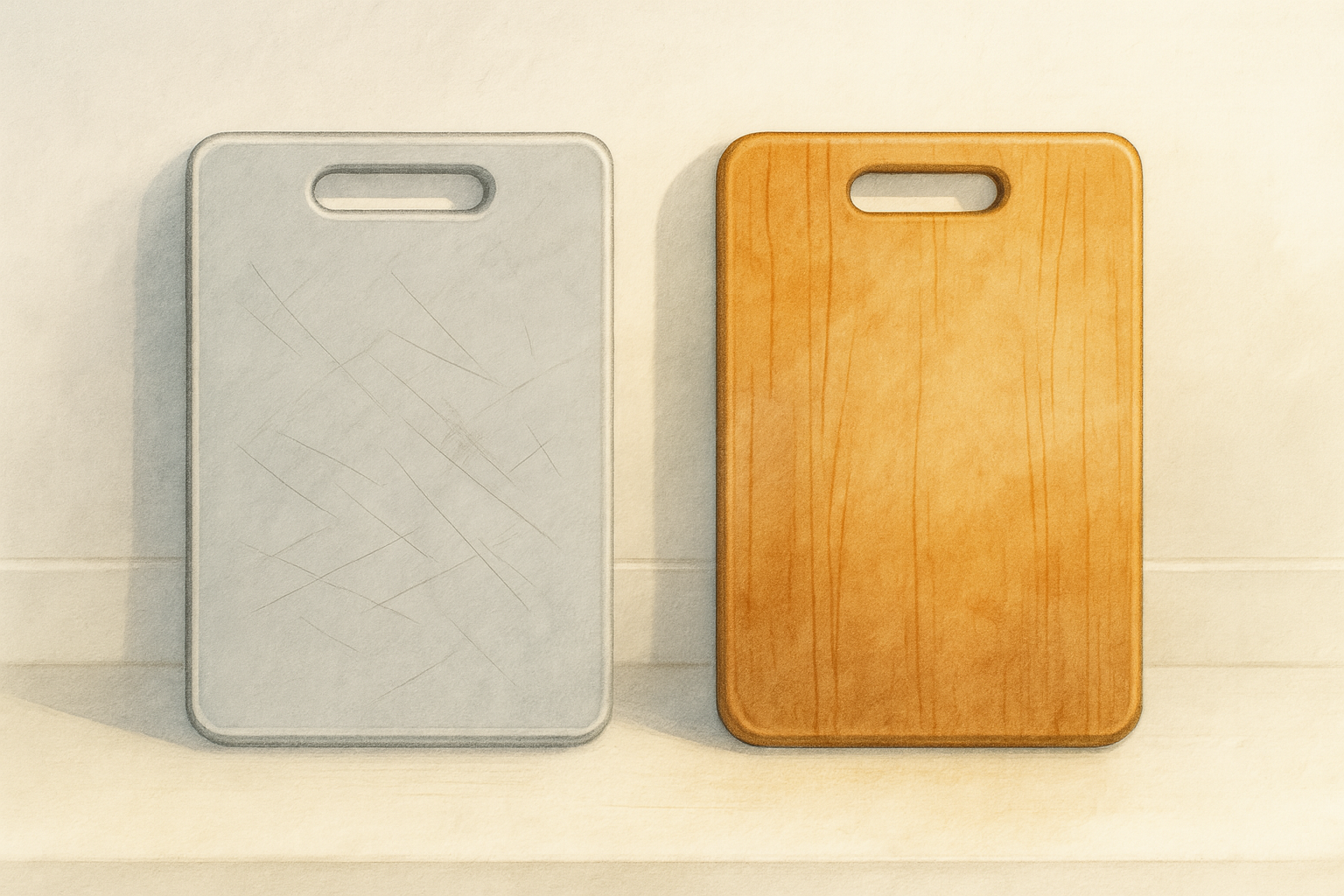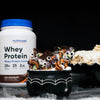Wood vs. Plastic: Which Cutting Board Is a Bacteria Magnet?

Plastic looks clean. It’s dishwasher safe. It doesn’t soak up juices like wood does.
So, it must be the safer option in the kitchen… right?
Not exactly.
A recent study put plastic and wooden cutting boards to the test, and what it found might surprise anyone who’s ever sliced raw chicken on a plastic board and called it good.
The Myth of the “Cleaner” Plastic
Most people reach for plastic cutting boards assuming they’re more hygienic. They’re smooth, easy to rinse, and can go straight into the dishwasher.
But that convenience might be hiding a real issue: the study found that plastic boards were more likely to hang on to harmful bacteria even after being washed.
In this study, researchers swabbed used cutting boards from homes, restaurants, and butcher shops, then tested for bacteria like E. coli and Campylobacter, both of which can cause diahrrea.
Boards that had been used for raw meat, especially poultry, were the biggest offenders. And plastic boards, in particular, showed higher levels of contamination — even after a rinse or wash.
Why? Knife grooves.
Over time, the surface of a plastic cutting board becomes a mess of cuts, nicks, and micro-grooves — the perfect hiding spot for bacteria. And once they’re in, they’re hard to get out. Even a spin through the dishwasher can’t always reach the bacteria that sink into those crevices.
Wait… So Wood Is Better?
Surprisingly, yes — at least when it comes to resisting bacterial contamination.
Wooden cutting boards, especially those made from hardwoods like maple or walnut, fared better in the study. They didn’t hold on to harmful bacteria the same way plastic did.
One possible reason? Wood tends to absorb moisture and pull bacteria beneath the surface, where they eventually die off. Plus, high-quality wood boards are less prone to deep gouges.
That doesn’t mean you can skip cleaning. But it does mean that wood might not be the risky option it’s often made out to be, especially if you’re handling raw meat regularly.
How to Keep Any Cutting Board Safe
Whichever kind of board you use (and honestly, most kitchens use both), here’s how to keep things cleaner and safer:
-
Use separate boards. One for raw meat, one for produce, one for ready-to-eat food. This is non-negotiable.
-
Scrub with hot, soapy water. A quick rinse is never enough. Use a brush or sponge to clean knife grooves, especially on plastic.
-
Sanitize regularly. Run plastic boards through the dishwasher or clean with a diluted bleach solution. For wood, use white vinegar or a baking soda scrub.
-
Let them dry fully. Never store a wet board. Prop it up or let it air dry completely before putting it away.
-
Know when to say goodbye. If your board is stained, warped, or has deep cuts you can’t clean out, it’s time to replace it.
The Bottom Line
If you’ve been leaning on plastic as the “cleaner” option, it might be time to rethink that.
Plastic can hide bacteria in ways that aren’t obvious, and that “clean” surface might not be so clean after all.
Wooden cutting boards aren’t magic, but they might give you an edge when it comes to keeping bacteria at bay. Especially if you’re using them properly, cleaning them well, and replacing them when needed.
Sometimes the oldest tools, like a solid wood board, still do the job better.








